Advances in Architectural Geometry
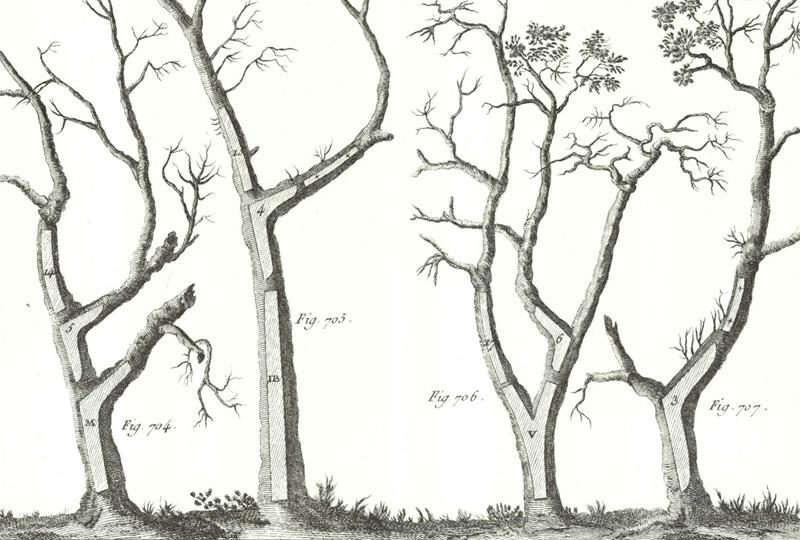
2016
Presentation and publication of a paper titled ‘Tree Fork Truss - Geometric Strategies for Exploiting Inherent Material Form’ with project collaborator and co-author Martin Self.
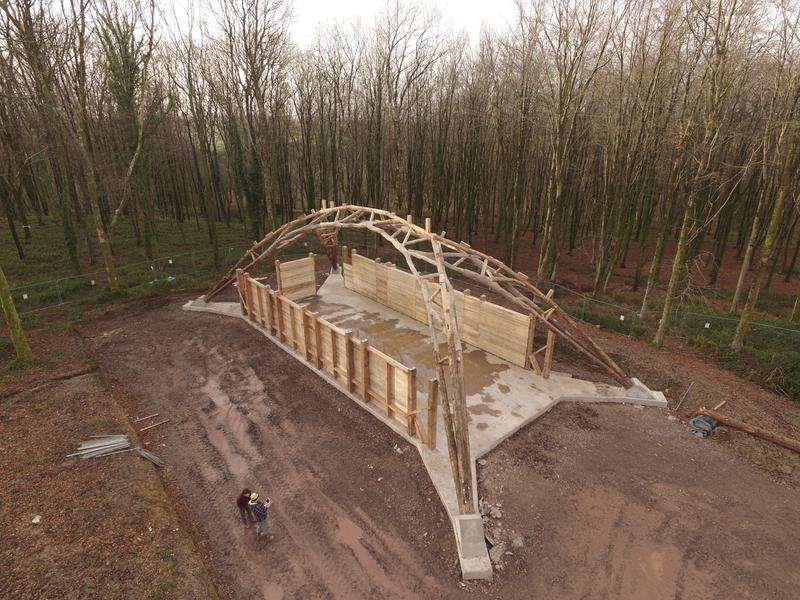
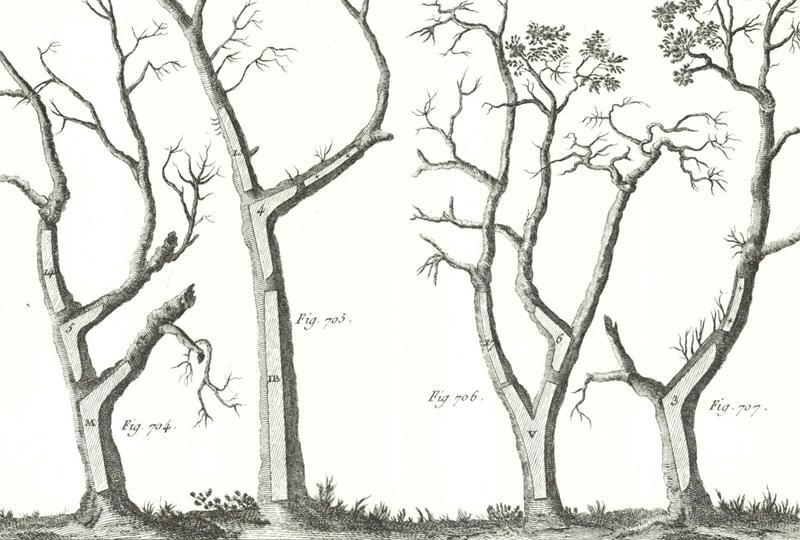
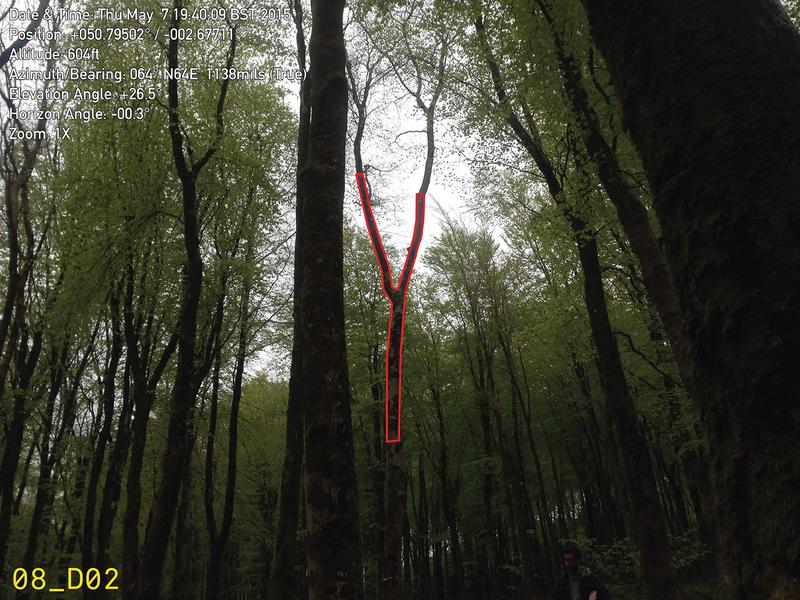
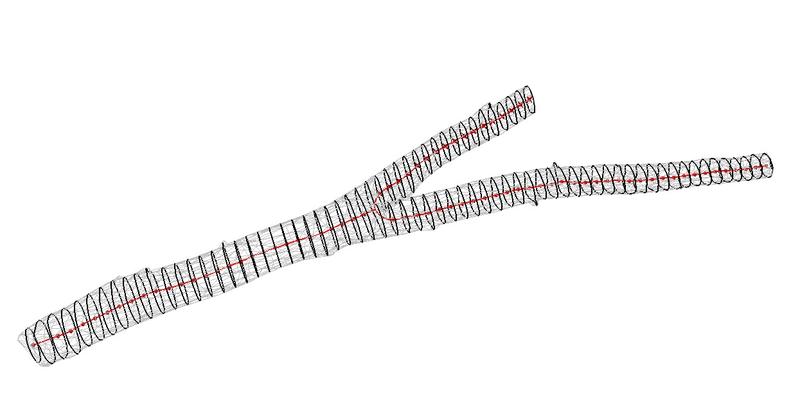
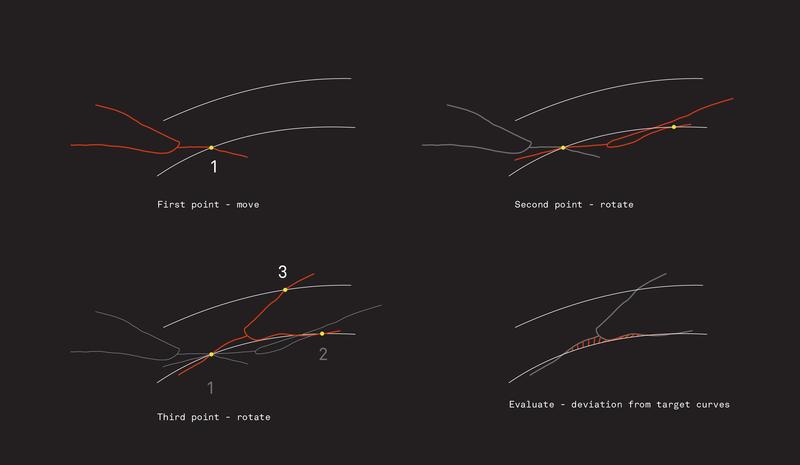
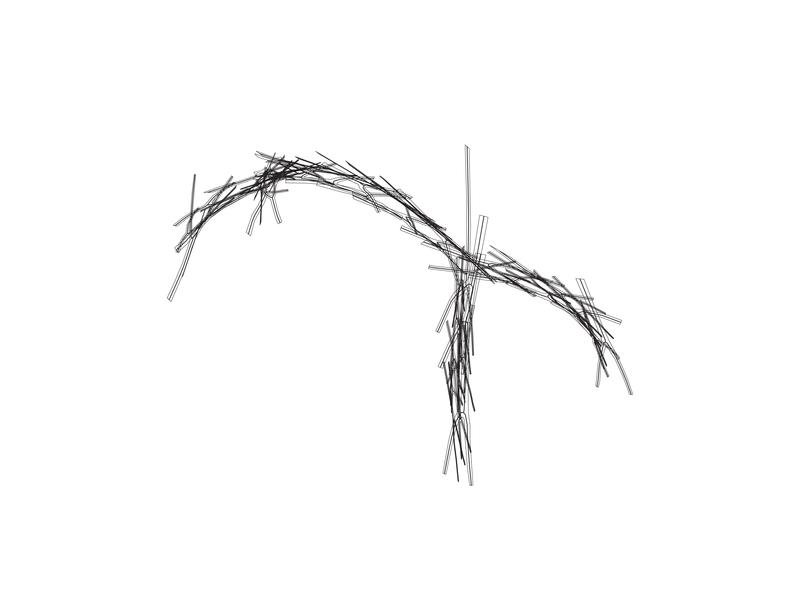
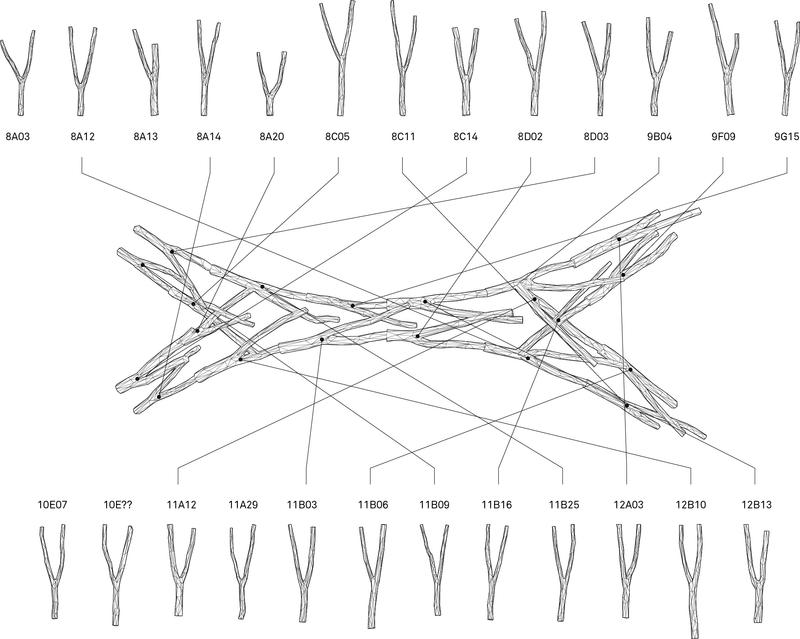
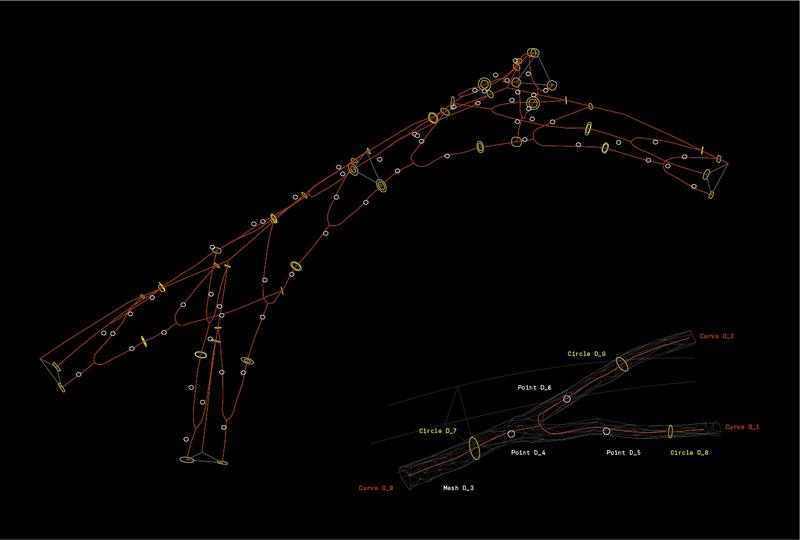

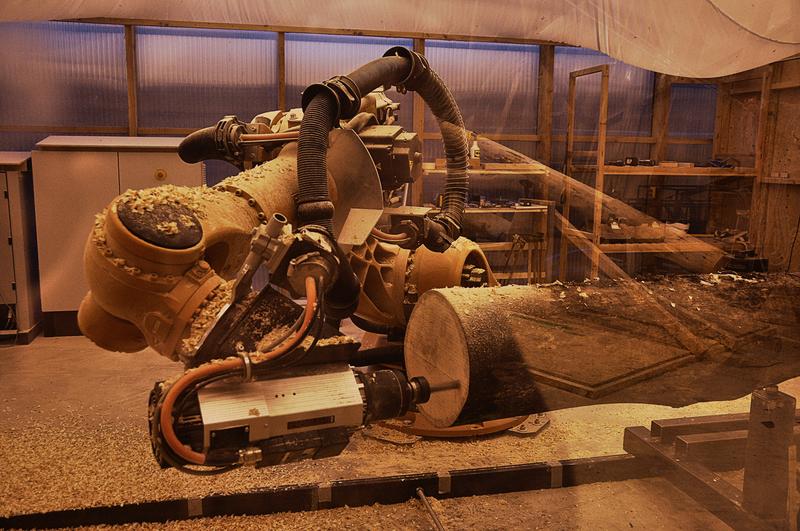
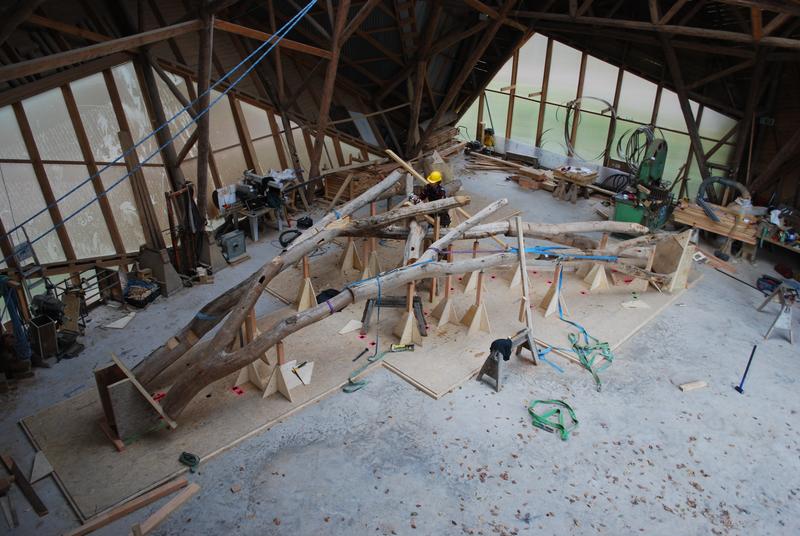
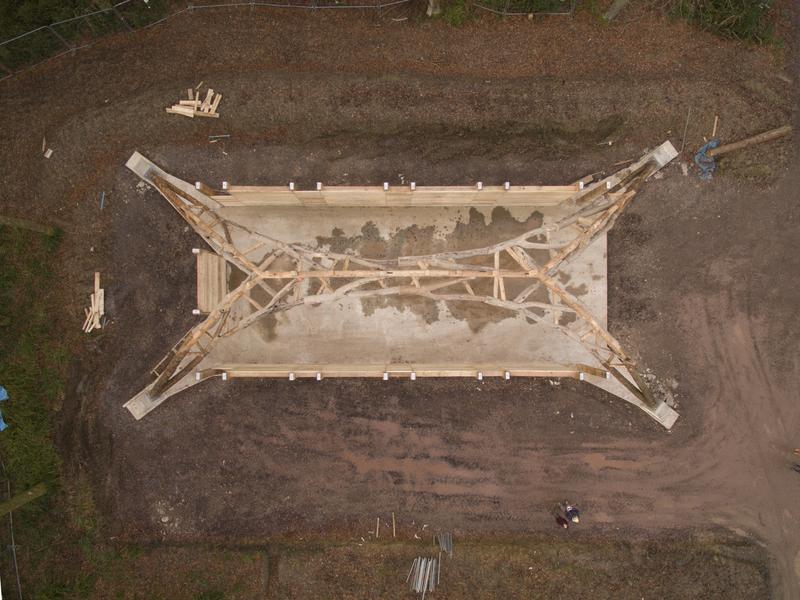
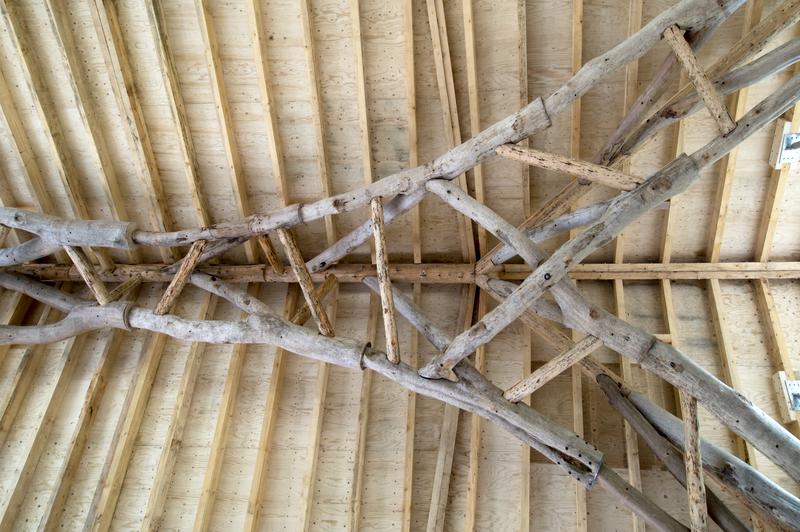
Most recent developments in architectural geometry pursue formal complexity through non-standard building components that are digitally defined and fabricated from standardised material. An alternative approach is proposed in which non-standard materials are used a priori by exploiting their inherent geometric forms through metaheuristic optimisation placement techniques. The rationale for this approach is that the diverse characteristics of near-site material can thus be exploited directly without wasteful industrial processing to first standardise and then add variation back to the component geometries.
This proposition is tested in the Wood Chip Barn project completed by Design + Make at Hooke Park in which a series of strategies allowed the inherent natural geometries of forked wood to be exploited. The application of 3D scanning, evolutionary optimization of the placement of each discrete component within a structurally determined arch, and customized robotic fabrication are presented as enabling an alternative conception of material form in which inherent irregular geometries are actively exploited by non-standard technologies.
The paper’s full text can be found in the conference’s publication.
About AAG - The Advances in Architectural Geometry (AAG) symposia serve as a unique forum where developments in the design, analysis and fabrication of building geometry are presented. With participation of both academics and professionals from the fields of architecture, engineering, computer science and mathematics, each symposium aims to gather and present practical work and theoretical research that responds to contemporary design challenges and expands opportunities for architectural form.
Collaborators
Martin Self